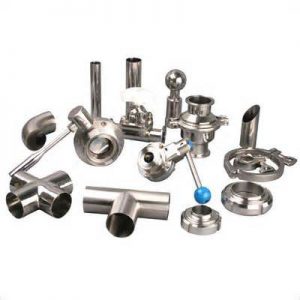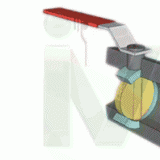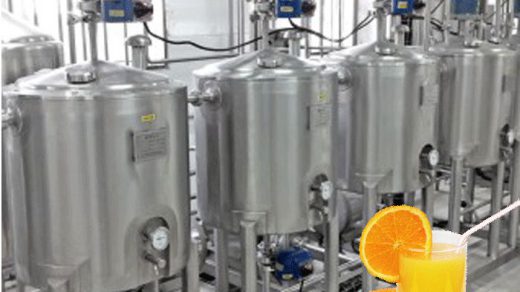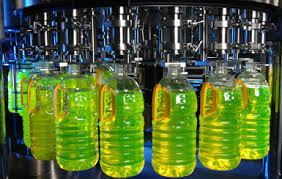The valve being a common part is used in today’s industrial flow control industry. However, it is an important decision to choose the right one for your industrial system. This decision depends on the nature of the work and the size of the industry you encounter. Nowadays, with the growing innovative inventions, there are more than a thousand types of valves available on the market to meet your needs. From simple traditional manual valves to complicated and automatic valves, you will find a wide range of valves on the market. The categorization of the valves can be made on the basis of their nature, based on the material used to manufacture this valve, on the basis of size, etc.
Just like in the human body, there are unidirectional valves in the veins controlling the blood circulation, on the other hand the heart valves controlling the flow of blood into the cavities of the heart and maintaining the correct pumping action, the valve is used to control and manipulate fluid flow in each process industry. The veins can be operated manually, by a handle, a lever or a wheel attached to its stem. The valves can also be automatic, which are driven by changes in pressure, temperature or flow. In your daily life, the pressure cooker in your kitchen is the best example of an automatic pressure relief valve.

A common type of valve is the butterfly valve. The shape of the outer body of this valve looks like a butterfly. This valve is a durable and reliable solution for your specific needs. As they are built with high performance parameters to take fresh water, salt water and oil systems with little maintenance as they are used for marine and industrial markets. The design of the butterfly valve gives you the ability to regulate the flow of liquids through different disk rotations. The strainer is a device with protective features. This valve is capable of separating liquids from solids and allows only fluid to flow in an application. Due to their protective capability, these valves are able to prevent the blockage of foreign particles that can cause system failure at a later stage. They can also be used in air systems to eliminate moisture.
More complex control systems using sanitary valves requiring automatic control require an actuator. An actuator is something that will hit the valve based on its input and setting and allow the valve to be accurately positioned to accomplish its task more efficiently.





Recent Comments